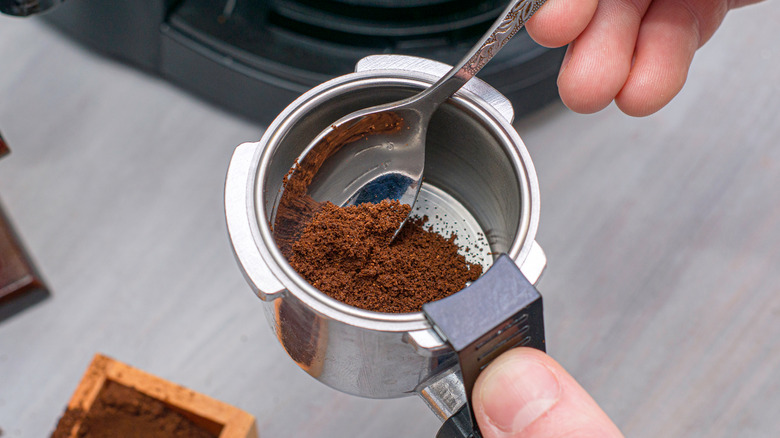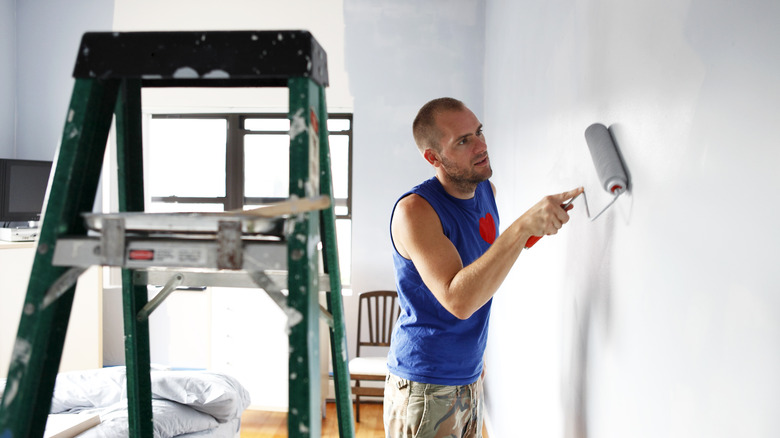What Happens When You Add Coffee Grounds To Paint?
TikTok often serves as a melting pot of ingenious artistic hacks and ideas. One such idea, which will probably make you double-tap with intrigue, is the magic of adding coffee grounds to paint, as seen in this TikTok video showcasing the mesmerizing transformation. Viewers watched the paint shade evolve as the coffee grounds were stirred into the it.
But as with any creative venture, the results can be as unpredictable as they are fascinating. Whether you're hoping for a gritty texture, an antiqued furniture look, or an eco-friendly way to upcycle your used grounds, combining coffee with paint can open a world of possibilities. Before diving into your paint pot with a sprinkle of coffee grounds, it's important to understand the 'why' and 'how.' With a buzz louder than your morning coffee machine, we'll further plunge into this trend, exploring the layers and implications of merging coffee grounds with paint.
What happens when you add coffee (and how to do it)
A sprinkle of coffee grounds, a mix, and voila! Your paint slowly morphs into that creamy, dreamy shade reminiscent of your favorite latte. But what really happens in this mix? Here's the fascinating bit; coffee grounds aren't just remnants of your morning brew; they're packed with a palette of natural pigments and oils. Although the process wasn't properly explained in the video, the large amount of coffee used, along with a powerful mixer, contributed to the color change. Coffee contains soluble compounds — 30% dissolve when in contact with hot liquid. The pigments and oils held within the coffee grounds start to seep out, and as you continue to mix, these grounds break down further, generously lending their unique colors to the water. This infusion leads to a delightful outcome: a color that radiates the deep, warm undertones of perfectly brewed coffee.
If you decide to give it a try, remember to approach it with an open mind and experiment with different paint mediums and application methods. When creating the mixture, you'll also need to add some powder plaster mixture and warm water in addition to the coffee. Furthermore, during the application, you might need to add two coats to get the desired texture before letting it dry completely. Lastly, don't forget to sand down and seal with a polyacrylic sealer to prevent any chipping.
Other considerations
The extent to which this breakdown of coffee compounds in paint occurs may vary based on the paint medium, the type of coffee, or even the mixing method. Furthermore, the new shade might depend on the original hue of the paint. The transformation may result in a cream shade if you start with pure white paint. Conversely, if your base is already cream-colored, the new color might be a deeper coffee-rich shade.
But the trend is not just about the color; the coffee grounds introduce texture too. As soon as you pour those coffee grounds into your paint, you'll immediately notice a change in consistency. Depending on how much you add and the coarseness of your coffee, your paint can range from having a slightly sandy texture to a more gritty feel. This can be especially impactful when creating a rustic furniture look. However, be prepared for challenges: the paint might not spread as evenly or as far with the added thickness.

